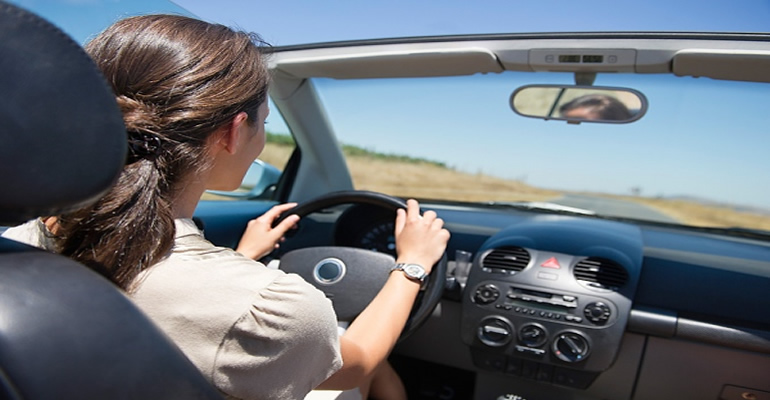Ecodriving and road safety advice
Helping you to reduce fuel consumption

‘Ecodriving’ or efficient driving is a way of driving based on making best use of developments in vehicle technology and keeping to some simple rules at the wheel. According to data from the Institute for Energy Diversification and Saving (IDAE) this can give fuel savings of up to 10%. It also reduces environmental CO2 emission, cause of the so-called greenhouse effect.
To help you meet these objectives Ownerscars makes the following recommendations:
- Keep luggage to a minimum: According to studies, for every 100 kg of weight on your vehicle, consumption increases by 5%.
- Remove roof bars/luggage racks if you don’t often use them: They spoil the vehicle’s hydrodynamics and increase fuel consumption by approximately 2%.
- Don’t drive with the windows down if travelling at over 100km/h: This spoils the vehicle’s hydrodynamics and increases consumption by approximately 5%.
- Don’t press the accelerator when starting the vehicle: With modern electronics, today’s cars can cope with idling without your intervention. It just stresses the engine – and your pocket.
- Always drive in the highest possible gear: Broadly speaking, with a petrol vehicle you can generally drive at between 2,000 and 2,500 rpm without problems while with diesel the margin is lower at 1,500 or 2,000 rpm.
- Only use first gear when starting the vehicle: You should change to second at approximately six metres and to third when you reach 30 km/h. Use fourth from 40 km/h on and engage fifth gear if driving at over 50 km/h.
- Always keep a safe distance from the vehicle ahead: Maintain the most uniform speed possible aiming at a smooth ride, avoiding unnecessary braking and acceleration that causes an increase in consumption and driver stress.
- Check tyre pressure regularly: The wrong pressure increases consumption and tyre wear.
- Switch off the engine if you stop for longer than 60 seconds.
- Always drive at the speed indicated: Adjust your speed to the state of the road surface, weather conditions and other fellow-users (cyclists, mopeds, motorbikes, heavy vehicles, etc.).
- Going down slopes: Take advantage of the car’s inertia using gear and brake pedals, making small corrections to adjust your speed. Never coast: not only is it dangerous, it causes higher consumption.
- Maintain the regulatory safety distance at each side (1.5 m), only invading the oncoming lane (even if there is a continuous line) to overtake cyclists or vehicles parked on the carriageway. Overtaking is expressly forbidden when a cyclist is riding in the opposite direction.
- The temperature inside your vehicle should be between 22 and 23 degrees. Frequent use of air conditioning causes an increase in fuel.




